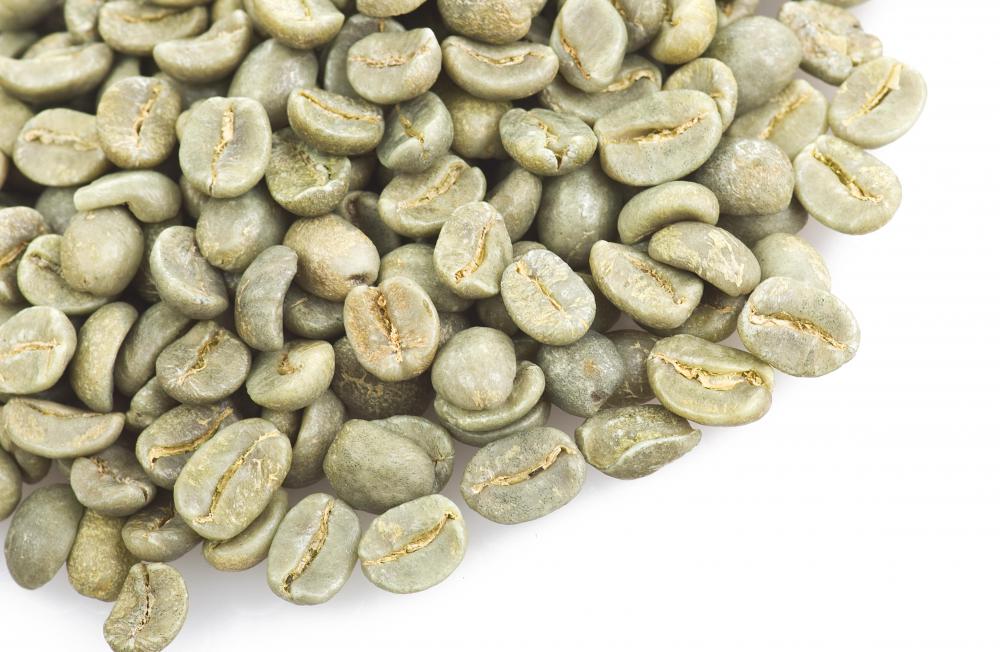At WiseGEEK, we're committed to delivering accurate, trustworthy information. Our expert-authored content is rigorously fact-checked and sourced from credible authorities. Discover how we uphold the highest standards in providing you with reliable knowledge.
What is Roasted Coffee?
Roasted coffee is the state of the coffee beans used to make the popular beverage known as coffee. After the beans are roasted, they are ground and water is poured over them to draw the flavor from the beans. There are different grinds used for various coffee makers and a variety of popular brewing methods that produce different strengths of coffee beverages.
Raw coffee beans have all the same components as roasted coffee but have little taste in this form. The beans contain caffeine, protein, acids, sugars, fats and starches. Roasting leaves these properties intact, but chemical changes add density, aroma, flavor and different colors to the beans, which are green when harvested. The heat of the roasting process also causes the beans to exude an oil that intensifies the aroma and taste of the coffee beans.

Since raw coffee is much more perishable than roasted coffee, the beans are normally roasted at a local facility soon after they are picked. Although it is quite common for coffee lovers to grind their own beans, as a matter of convenience, it's quite uncommon for people to roast their own beans. A few brands of computerized drum roasters are available for home use, but many of true coffee aficionados still use older methods, such as roasting in cast iron pots in the oven or in iron drums rotated over flames or coals. When properly stored in a dark, cool space, roasted beans remain fresh up to one month.

The amount of time coffee beans are roasted dramatically affects their flavor. The shorter the roast, the sharper the taste. Shorter roasted beans are also lighter in color than heavily roasted ones. If the beans are roasted to a deep, brown color, the taste will be richer and fuller; if they are roasted to nearly burnt, they take on a distinctive charred flavor. Contrary to popular belief, dark roasted varieties—the beans that have an oily appearance—have less caffeine than lightly roasted beans, despite their richer taste.

Grades of roasting are based on roasting times. From low to high roasting time, roasted coffee grades include: cinnamon, American-light, city-medium, full city, French-espresso, Italian-dark, French and Spanish. In addition to roasting time, the origin of the coffee beans has a significant effect on their taste. Different growing regions have different soils and climates, which both significantly contribute to the taste of the beans.

Cinnamon roast has a light, toasted grain flavor. Full-city is darker and has chocolate or caramel undertones, while French-espresso is even darker and the beans are oily. The two darkest and oiliest roasts are Italian-dark French and Spanish, with the latter having hints of charcoal in the brew’s taste.
AS FEATURED ON:
AS FEATURED ON:















Discuss this Article
Post your comments